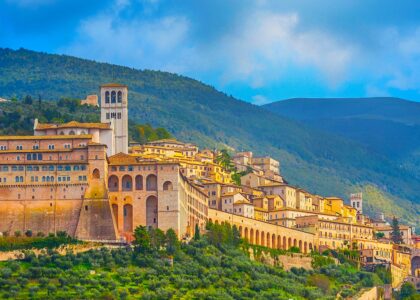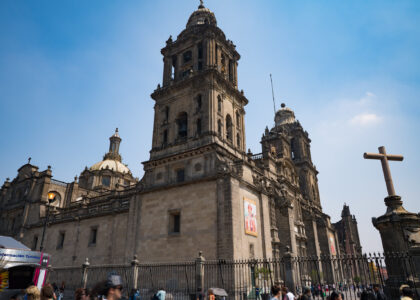The Pyramids of Giza:
Arguably the most iconic landmark in Cairo, the Pyramids of Giza are a testament to ancient Egyptian engineering and culture. The complex includes three main pyramids: the Great Pyramid of Giza (also known as the Pyramid of Khufu), the Pyramid of Khafre, and the Pyramid of Menkaure. The Great Pyramid, the largest and oldest of the three, is one of the Seven Wonders of the Ancient World and remains a marvel of engineering. Nearby, the Sphinx, a colossal limestone statue with the body of a lion and the head of a pharaoh, guards the pyramids and adds to the mystique of the site. Exploring these ancient monuments offers a glimpse into the grandeur of ancient Egypt and its monumental achievements.

The Egyptian Museum:
Located in Tahrir Square, the Egyptian Museum is home to an extensive collection of artifacts from ancient Egypt, spanning over 5,000 years of history. Among its treasures are the iconic Tutankhamun exhibit, which includes the famous gold mask and other artifacts from the boy king’s tomb. The museum’s collection also features mummies, statues, and papyri, providing a comprehensive overview of Egyptian history and culture. The museum’s vast array of exhibits makes it a must-visit for anyone interested in ancient civilizations.
Khan El Khalili Bazaar:
For a taste of Cairo’s vibrant everyday life, a visit to Khan El Khalili Bazaar is essential. This bustling market, located in the heart of Islamic Cairo, offers a sensory overload of sights, sounds, and smells. Here, you can wander through narrow, winding streets lined with shops selling everything from traditional crafts, jewelry, and spices to textiles and souvenirs. The bazaar has been a commercial hub since the 14th century, and its lively atmosphere makes it a great place to experience local culture, haggle for unique items, and enjoy a traditional Egyptian meal in one of the nearby cafes.
Each of these attractions offers a different facet of Cairo’s rich tapestry, from its ancient wonders and historical artifacts to its lively market culture.





